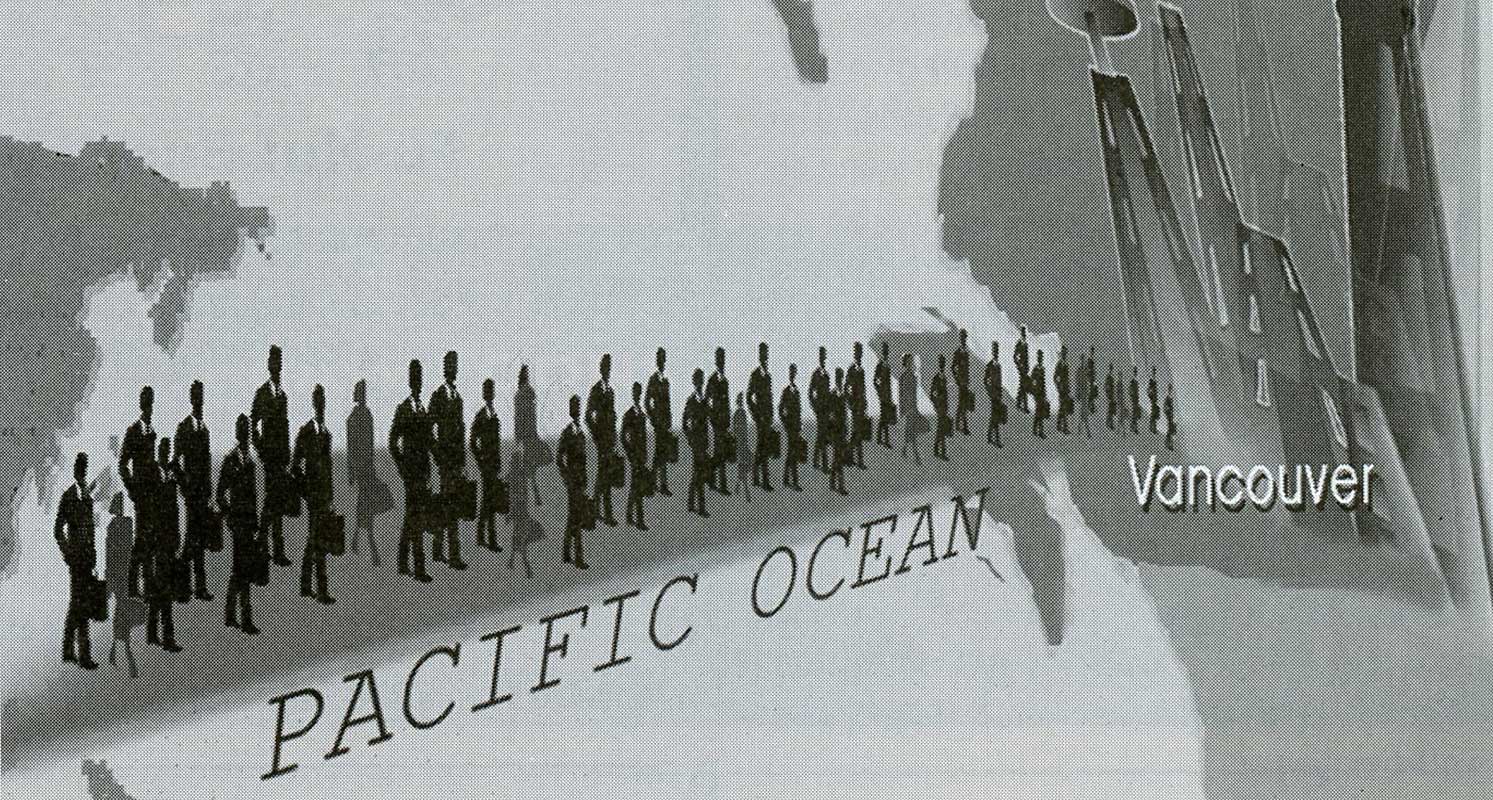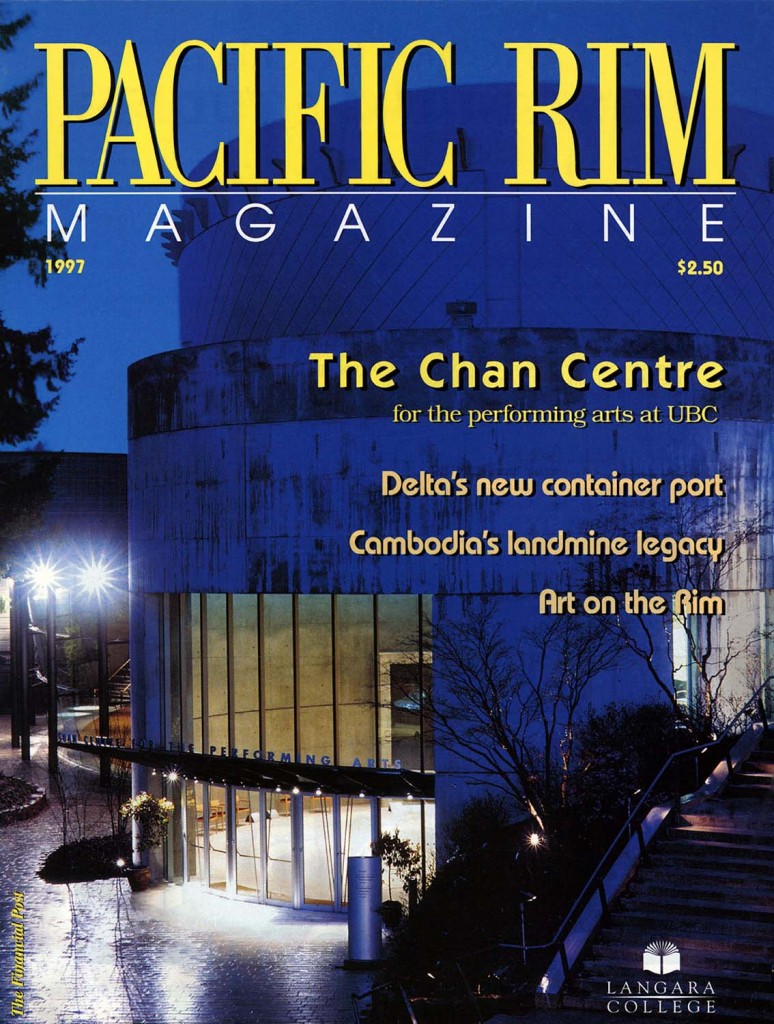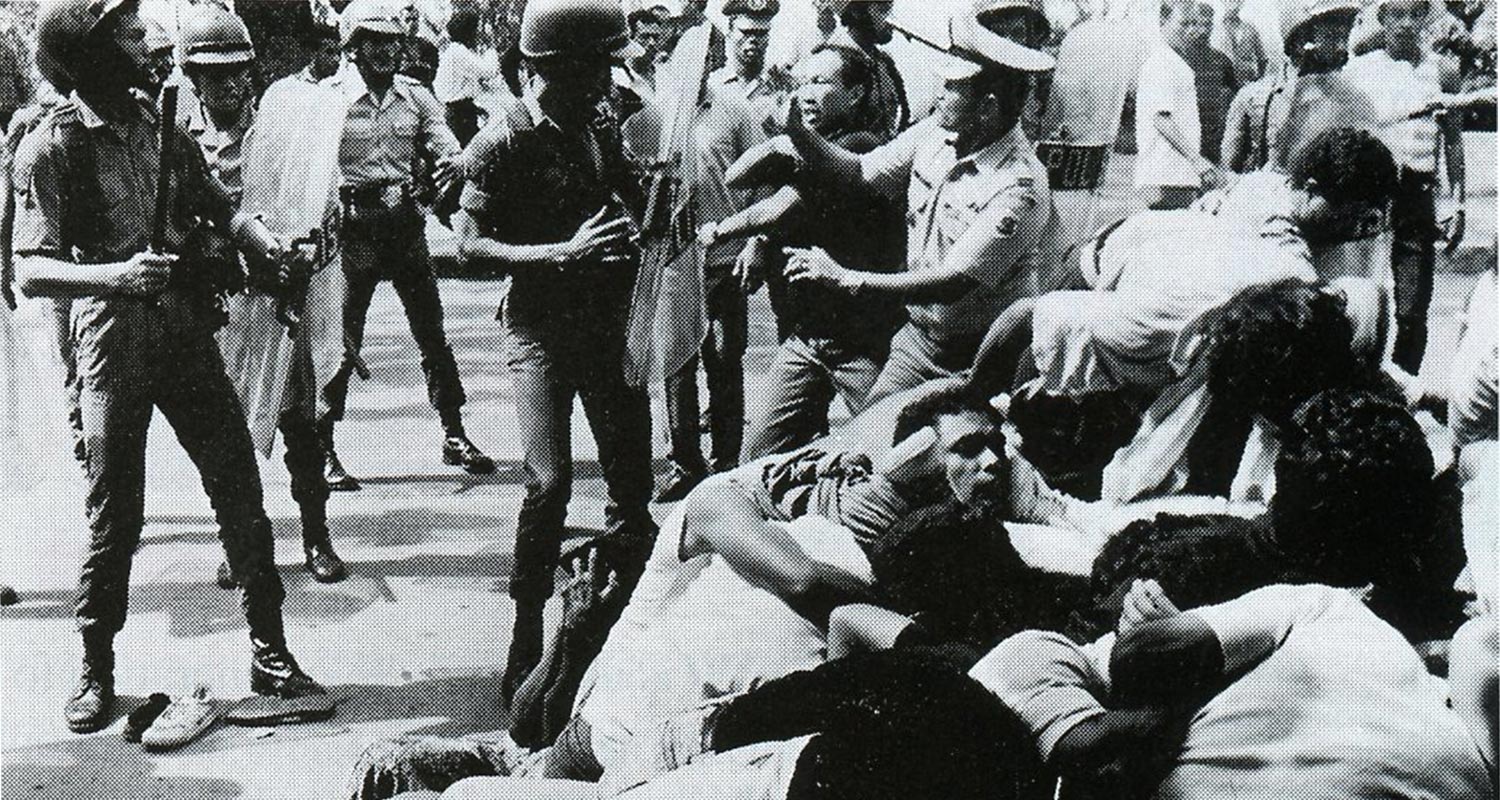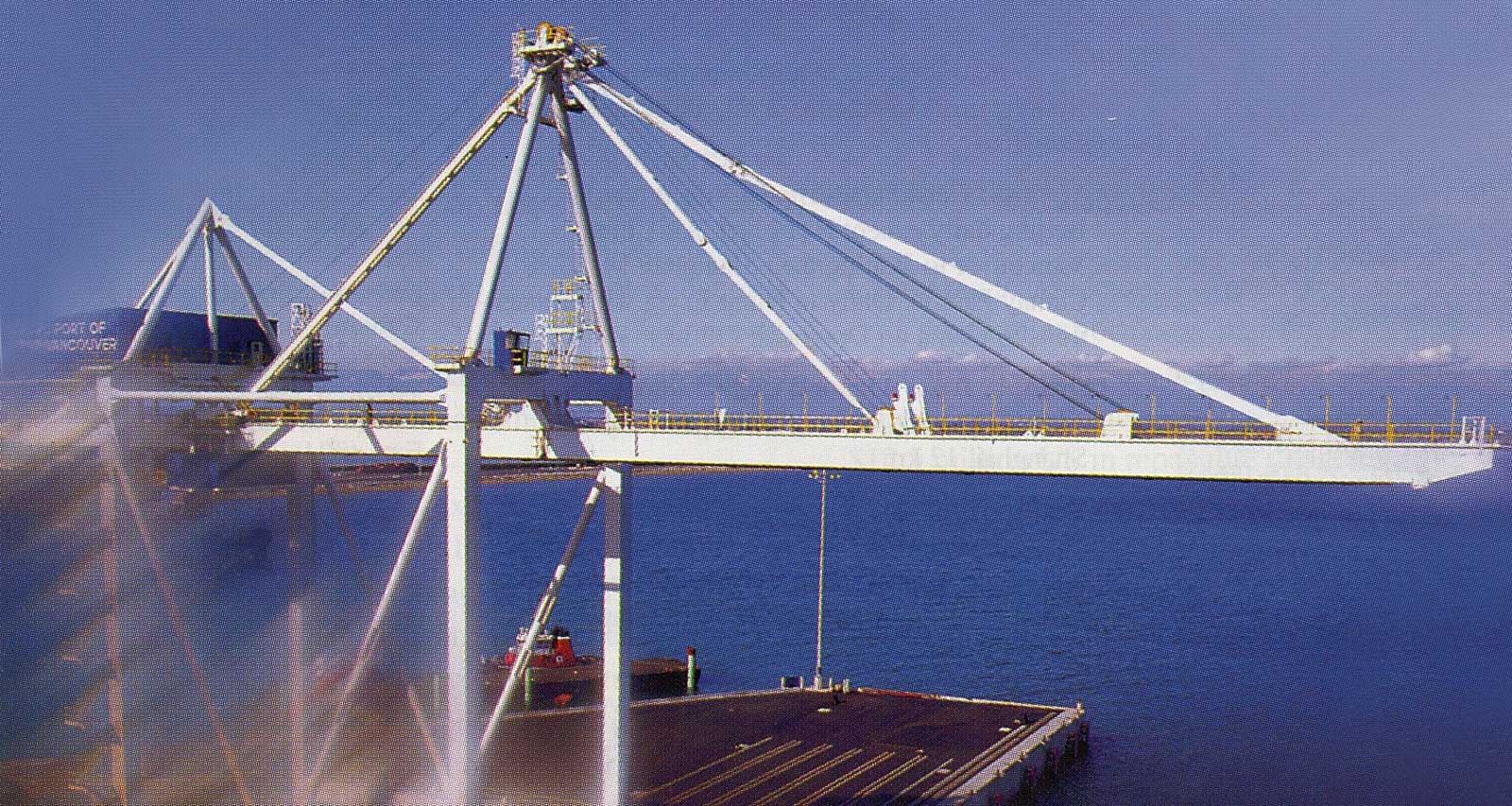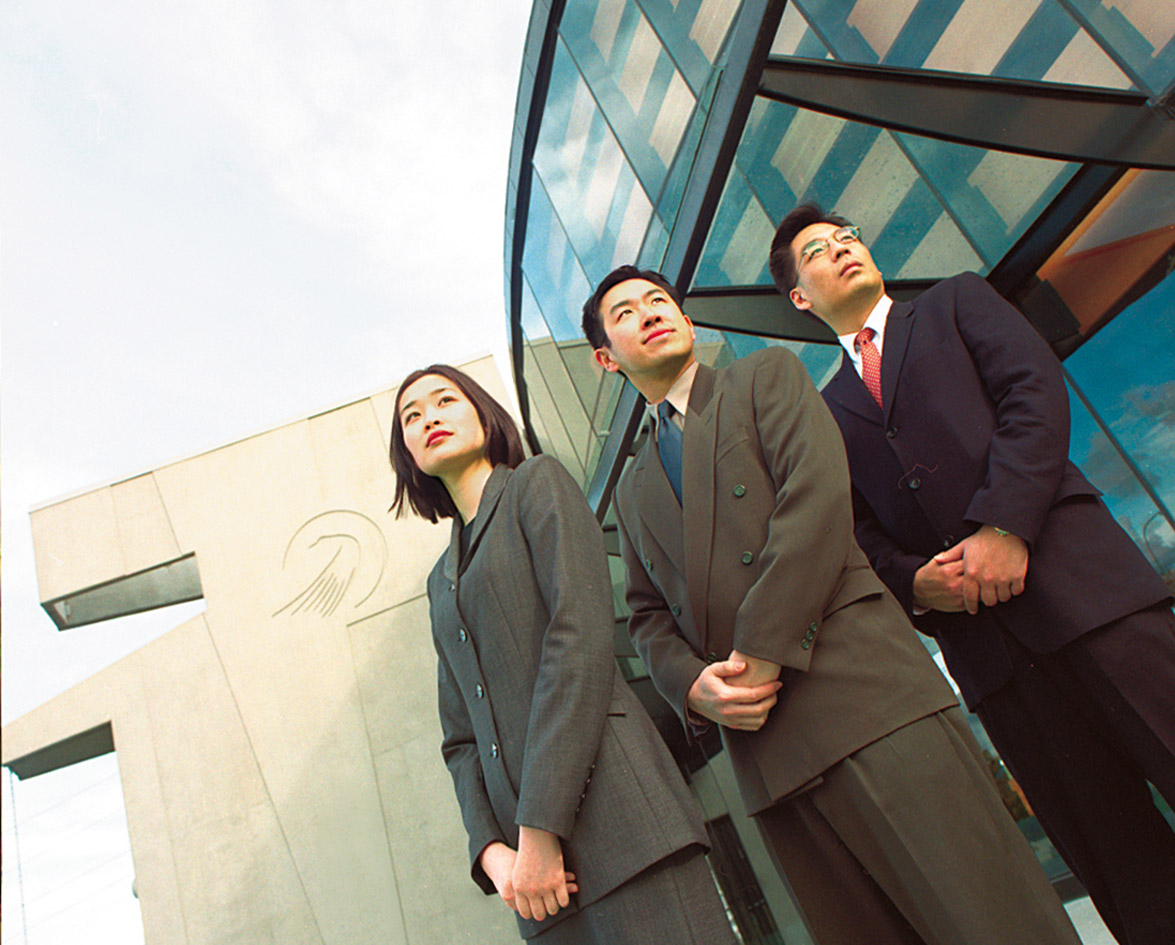The upcoming Asia Pacific Economic Cooperation (APEC) forum will be a political meeting even bigger than the G-7. The APEC leaders will meet on November 2425 at the University of British Columbia’s Museum of Anthropology.
At a January panel on APEC, former B.C. premier Mike Harcourt spoke of the days when Vancouver was known as the “last stop on the CPR train.” In the days when Canada was still an Atlantic country, trade moved along continental or transatlantic routes. Harcourt pointed out how Vancouver has since become the “front door” to a growing trade area in Asia Pacific.
Free Trade In The Pacific Rim
One goal set by APEC members is free trade in the region by 2010 for its developed economies, and by 2020 for its developing economies. APEC leaders want their countries to benefit from freer trade and investment while encouraging economic growth and employment. Some Canadians, however, remain wary of economic ties that may bring freer trade without resolving issues of human rights, fair wages and the environment.
There are 18 Pacific Rim member-economies in APEC: Australia, Brunei, Canada, Chile, China, Hong Kong, Indonesia, Japan, Korea, Malaysia, Mexico, New Zealand, Papua New Guinea, the Philippines, Singapore, Taiwan, Thailand and the United States. Out of Canada’s top 25 export markets, 11 are APEC members. B.C. Ministry of Employment and Investment figures indicate almost 40 per cent of B.C. exports go to Asia Pacific.
The Canadian government predicts that Asian APEC members will have to spend $1.43 trillion Cdn on infrastructure in the next ten years. Thus, Canadian firms could potentially benefit from a competitive market without trade barriers, especially in our areas of strength such as telecommunications and energy.
Addressing Human Rights
The Canadian government expects APEC to ensure “sustainable growth and development,” as well as to create cooperation among countries that have different views on human resources development, the environment, tourism and transportation. Raymond Chan, Canada’s secretary of state for Asia Pacific, has said the challenge of this year’s APEC meeting will be in “moving from visions and plans to implementations.” Still, getting plans implemented through APEC remains difficult because it is based on consensus and voluntary initiatives from its members.
“Consensus” is the reason Chan gave in January for the decision not to address human rights in the upcoming APEC forum. Some APEC countries, such as China and Indonesia, have been criticized by human-rights groups. But, after a meeting of senior officials for the APEC summit, Chan admitted that, “on human rights it’s difficult to come to any consensus.” Chan said further that any lack of progress on economic and trade issues would only hinder the cause of human rights.
The Network Opposed To Anti People Economic Control
Some warn, however, that APEC goals will cause far more harm than good. The B.C. No to APEC Coalition (Network Opposed to Anti-People Economic Control) is a grassroots coalition which originated from a women’s discussion group concerned with immigration issues, and which now also involves others such as students and the Third World Alliance.
One of APEC’s biggest problems is the lack of democratic process, says Emmanuel Sayo, a No to APEC member. APEC involves government representatives, but is never discussed in parliament. “NAFTA had parliamentary debate,” Sayo recalled in an interview. He is particularly concerned that the government officials involved in APEC say they represent the Canadian economy, not the government. He worries further that APEC involves only academics, business executives and government officials, rather than having a broader spectrum of representation.
Sayo points to NAFTA as a cause of Canadian job losses to the U.S. and Mexico after trade liberalization. According to Canada’s Department of Foreign Affairs and International Trade, Canada wants APEC to focus particularly on small and medium-sized businesses. Sayo wonders how such businesses would be able to compete with the “dollar a day” pay in countries like Malaysia or Indonesia. He predicts “a race to the bottom for wages.” B.C. No to APEC also fears environmental degradation if existing regulations are cut back to create cheaper, more competitive products in the global marketplace.
The B.C. No to APEC coalition plans to host a counter-conference of Non-governmental Organizations (NGOs) concurrent to the November APEC gathering. There should be what Mike Harcourt called a “creative tension” between the two sides. It remains to be seen whether that tension has any influence on the priorities of the APEC leaders.
Pacific Rim Celebration
Building Stronger Partnerships In Asia Pacific
The APEC forum is but one part of a larger attempt by Canadian business and government leaders to focus their plans for prosperity on the Asia Pacific region. The federal government has named 1997 as Canada’s Year of Asia Pacific (CYAP), and is busily courting additional business opportunities.
Raymond Chan, Canada’s secretary of state for Asia Pacific, has described 1997 as a year that “will celebrate our Pacific dimension and help us build even stronger partnerships in Asia Pacific to create opportunities for Canadians from coast to coast.”
Such opportunities will arise as the federal government encourages business associations and cultural organizations to think about Asia Pacific through business forums, trade fairs and youth activities. CYAP is meant to emphasize small and medium-sized businesses particularly.
The “Team Canada” trade mission to South Korea, Thailand and the Philippines in January 1997 was one of the first CYAP events. The government expects that previous Team Canada trade missions, which solidified $20 billion in business deals, will be a firm base on which CYAP can build.
The World Chinese Entrepreneurs Convention
Another major CYAP event courting foreign business will occur with the arrival of 1,500 delegates in Vancouver for the August 2528 World Chinese Entrepreneurs Convention (WCEC).
The convention began in 1991 as a way for Chinese entrepreneurs to network with foreign leaders in business, to develop economic ties and to find further ways to plunge into international markets. Held outside of Asia for the first time, the theme of this convention will have as its theme “Telecommunications and Information Technology-Its Impact on the Global Marketplace.”
1997 will help us build stronger partnerships in Asia to create opportunities for Canadians from coast to coast.
The Chinese Entrepreneurs Society of Canada is bringing the convention to Vancouver. “The immense success of a growing number of Asian entrepreneurs in Canada convinced the organizers that Vancouver-‘Gateway to the Pacific Rim’-would be the ideal host for the 1997 convention,” said Dr. Edward Woo, the society’s general manager of administration.
WCEC events will include a celebration and street fair in Chinatown, tours of lower mainland corporations, lectures, dinners and a trade exhibition highlighting telecommunications and information technology.
The WCEC fits well with the Year of Asia Pacific’s goals of bringing more Canadian business into the Asia Pacific markets, creating new partnerships and promoting cross-cultural understanding of peace, environmental and social issues. Prime Minister Jean Chrétien wrote in his message on CYAP that Canada’s ties to Asia Pacific enable it to foster “peace and prosperity” in the Asia Pacific region.





